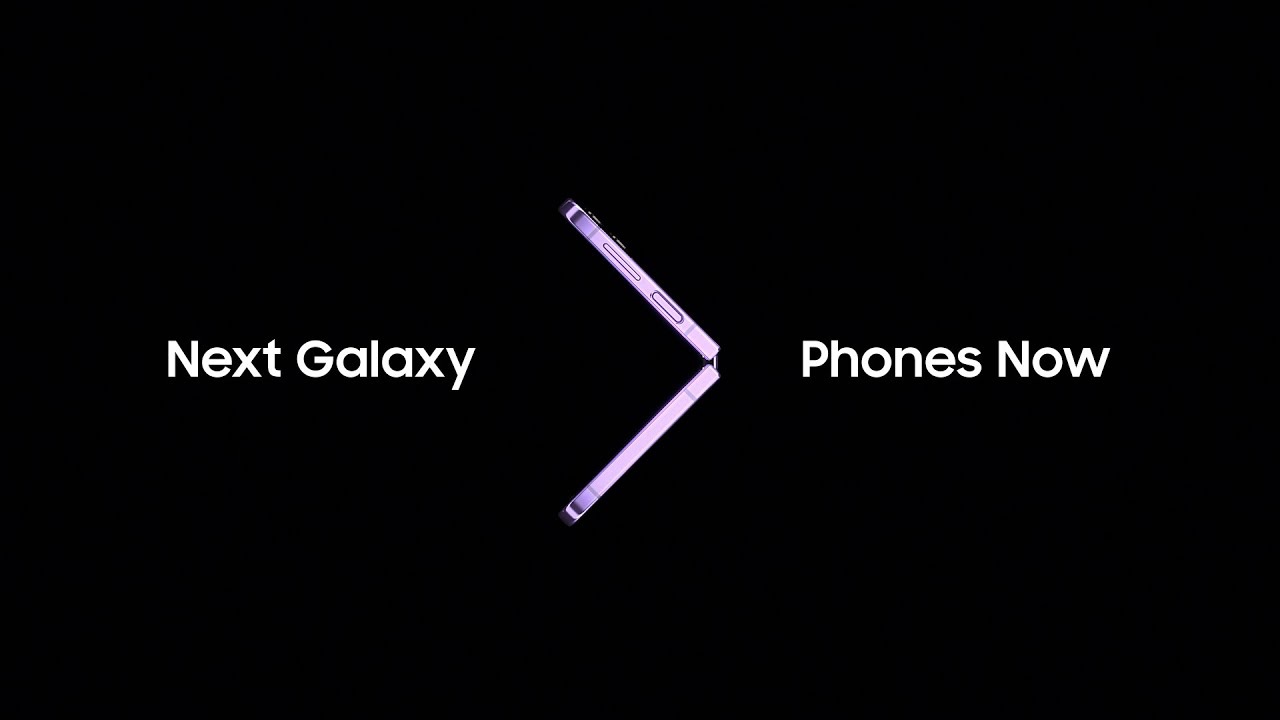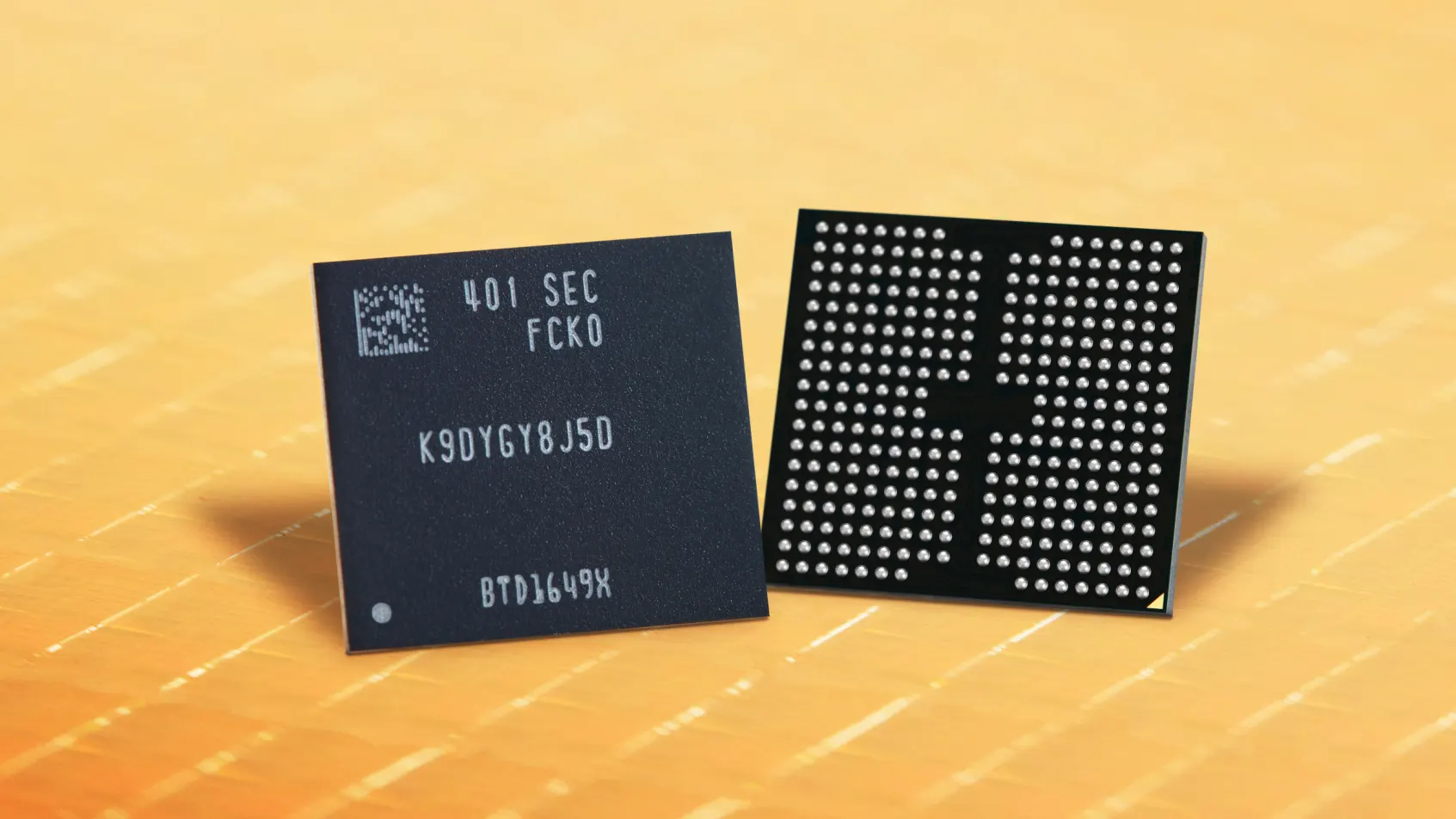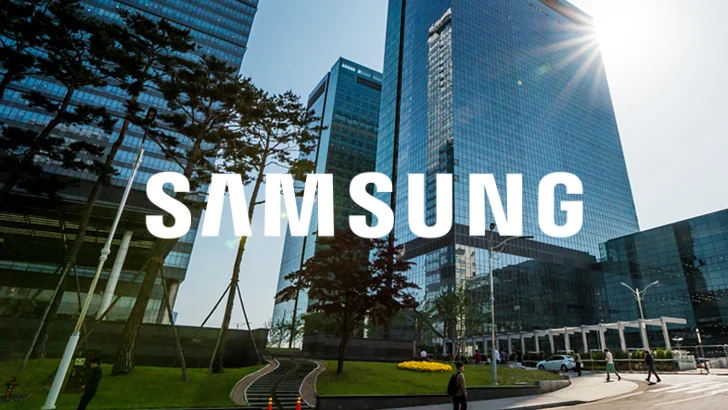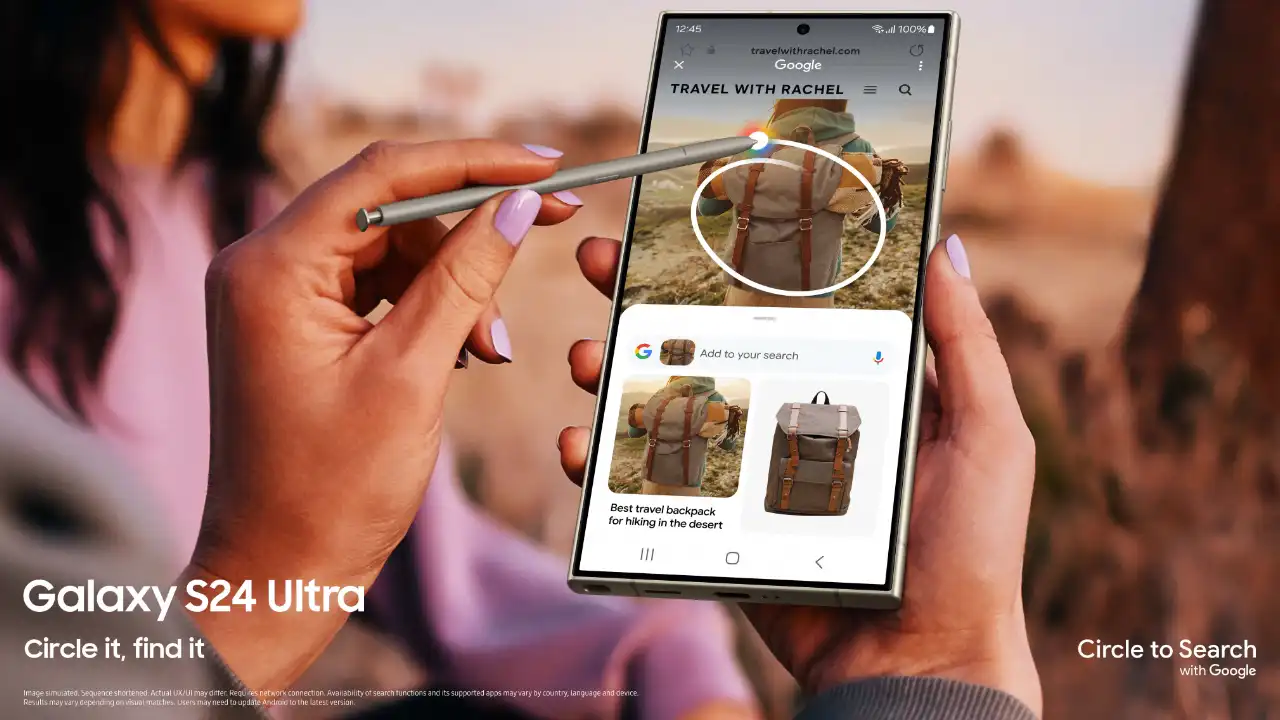Samsung
Watch The Samsung Galaxy Unpacked 2022 Event Online And Live

One of the most anticipated events of the year is just a few hours away. The new generation of folding smartphones from the Samsung Galaxy Z family is anticipated to be unveiled during Samsung’s second Unpacked event of the year.
Since new foldable smartphones are anticipated, the Unpacked event on Wednesday, August 10, looks to be one of the most innovative in recent memory. In addition, Samsung is anticipated to introduce the Samsung Galaxy Watch 5 smartwatch and a new version of its Galaxy Buds Pro headphones. The disclosures that have surfaced over the past few weeks imply this.
How to watch the Samsung Galaxy Unpacked 2022 live
Samsung will broadcast its second Galaxy Unpacked 2022 event live and online. The event is held on Wednesday, August 10 at 9:00 US time.
It will be possible to follow the Samsung Unpacked both through the company’s official website, and through the streaming published by the company on its YouTube channel. The link to the streaming will be available below once Samsung enables it.
Schedule of the event
Depending on the area of the world where you live, you will be able to watch the event at a different time.
- United States: 09:00 AM
- Mexico*: 08:00 AM
- Colombia: 08:00 AM
- Brazil: 10:00 AM
- Ecuador: 08:00 AM
- Argentina*: 10:00 AM
- Uruguay: 10:00 AM
- Chile*: 09:00 AM
- Spain: 15:00
If you are unable to follow the event live, you will have the ability to watch the repeated presentation, which will be published after the end of the Unpacked on the company’s official YouTube channel.
What do we expect to see at Unpacked?
We expect great things from this second Unpacked of 2022. To date, the leaks have revealed that at least six new products will be presented:
- Samsung Galaxy Z Fold 4
- Samsung Galaxy Z Flip 4
- Samsung Galaxy Watch5 and Watch5 Pro
- Samsung Galaxy Buds 2 Pro
But of course, it cannot be ruled out that Samsung has a few surprises saved for the event on this day 10. Be that as it may, from Andro4all we will follow the event live to offer you all the news up to the minute.
Samsung
Samsung Electronics Begins Mass Production For 9th-Gen V-NAND

The Korean Electronics firm announced that it has begun mass production for its one-terabit (Tb) tripe-level cell (TLC) 9th-generation vertical NAND (V-NAND).
One of the key reasons for beginning this mass production is just to solidify its leadership in the NAND flash market. This 9th generation V-NAND flash memory has significant improvements. It offers a 50% increase in storage density compared to its predecessor, the 8th-generation V-NAND. This appears due to the tiny cell size and thinner design.
The Korean giant also executed new techniques for upgrading the reliability and lifespan of the memory cells while eliminating dummy channel holes, which significantly reduced the planar area of the memory cells. The Head of Flash Products & Technology of the Memory Business at Samsung Electronics, SungHoi Hur, stated, “Through our latest V-NAND, Samsung will continue to set the trend for the high-performance, high-density solid-state drive (SSD) market that meets the needs of the coming AI generation.”
Samsung‘s advanced ‘channel hole etching’ technology exhibits the brand’s leadership in process capabilities. This technology creates electron pathways by stacking mold layers and increases fabrication productivity as it authorizes simultaneous drilling of the industry’s highest cell layer count in a double-stack structure. As the cell layers increase, the capability to pierce through higher cell numbers becomes crucial, demanding more complicated etching techniques.
The 9th-generation V-NAND is enabled with the next-gen NAND flash interface, Toggle 5.1, which will help to support the increased data input and output speeds by at least 33% to up to 3.2 Gbps. The Korean giant plans to solidify its position within the high-performance SSD market by expanding support for PCIe 5.0.
With the advancement in low-power design, power consumption has also improved by 10%.
Samsung
Samsung Gains 23 Patents For ‘Self-Record’ From Seagate in the USA

The Korean brand ‘Samsung’ announced that recently it bought 23 patents related to magnetic recording technology from Seagate.
The giant sold its own HDD business and patents to Seagate 13 years ago, and now it is acquiring specific magnetic recording patents instead of ones it previously owned. The patents are possibly for data storage advancements, potentially for use in Samsung’s memory or storage products.
The aim behind the purchase is yet to be debated; some have speculated that Samsung probably uses these patents to upgrade its in-memory computing technology, whereas others are expecting that it’s simply to cut ties with Seagate after their previous business dealings. It has become known that most of the acquired patents are from 2002–2020, and four have already expired.
Back in 2011, Samsung sold its hard disk drive (HDD) business and a total of 479 patents to Seagate, and this was part of a major deal that pointed to various twerks; for instance, the Korean giant getting some of Seagate’s stock, collaboration on future storage solutions, Seagate providing HDDs for Galaxy devices, and many more. Later, in 2016, the Korean giant sold all of its Seagate stock.
Now the reports are saying that Samsung has bought 23 patents related to magnetic recording technology from Seagate. Some experts are saying that Samsung could use magnetic recording patents to develop MRAM-based in-memory computing technology, which is a powerful memory type with advantages for AI chips. At the moment, the exact reason behind this step is not clear.
An industry insider released a statement: “It may be an attempt by Samsung Electronics to settle the remaining business relationship after selling its stake in Seagate in the past, or it may be a kind of fake patent purchase strategy to deceive competitors.”
Via – TheLec
Samsung
Samsung Galaxy AI’s Circle to Search Could Soon Get a new Upgrade

Samsung introduced its Galaxy AI, which consists of several generative AI features. Circle to Search with Google is one of the most admired features. Now, it may soon get a major upgrade based on comments made in a recent Made by Google Podcast episode.
The Circle to Search with Google feature is available on both Galaxy S24 and Pixel 8 devices, and reports are saying that soon it could get a big usability upgrade and become a bit harder to trigger by accident. The forthcoming changes will be based on comments made in a recent Made by Google Podcast episode, in which host Rachid Finge spoke with Erin Lynch and Alistair Pott, who worked with the Circle to Search development team.

During the podcast, Lynch admits that the circle to search with was quite easy to activate by accidental touches as it’s located on the same gesture bar or home button that users use for other purposes most of the time. Regarding this, she and Pott assured that Google was working to fix it to avoid accidentally activating this feature; however, they didn’t elaborate on the assurance.
However, the Circle to Search feature already received an update that gives it the power to translate circled text. It is expected that the future update could be a combined search and lens results page while using the Circle to Search feature instead of having them separate as they are now.
Apart from this, the podcast unveiled a few interesting twists regarding how Circle to Search came to be. It came to light that it is based on Google Lens and has been in development since January 2023, after Google staffers were actively working on how Lens became more readily available outside its app.






